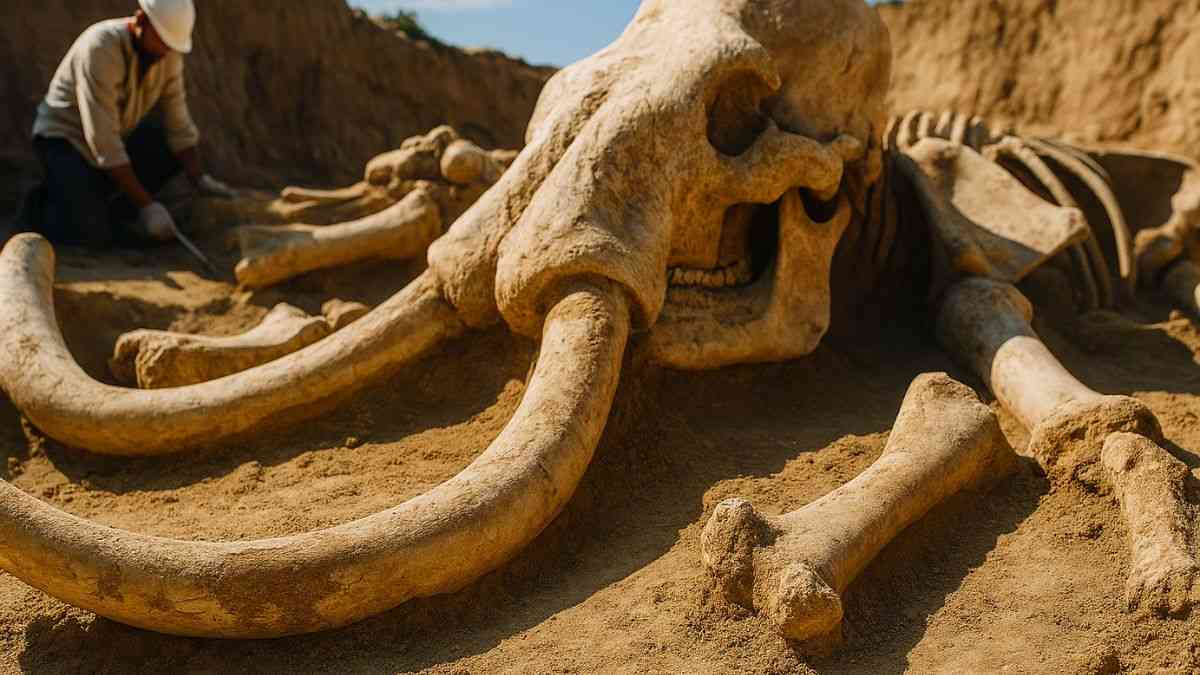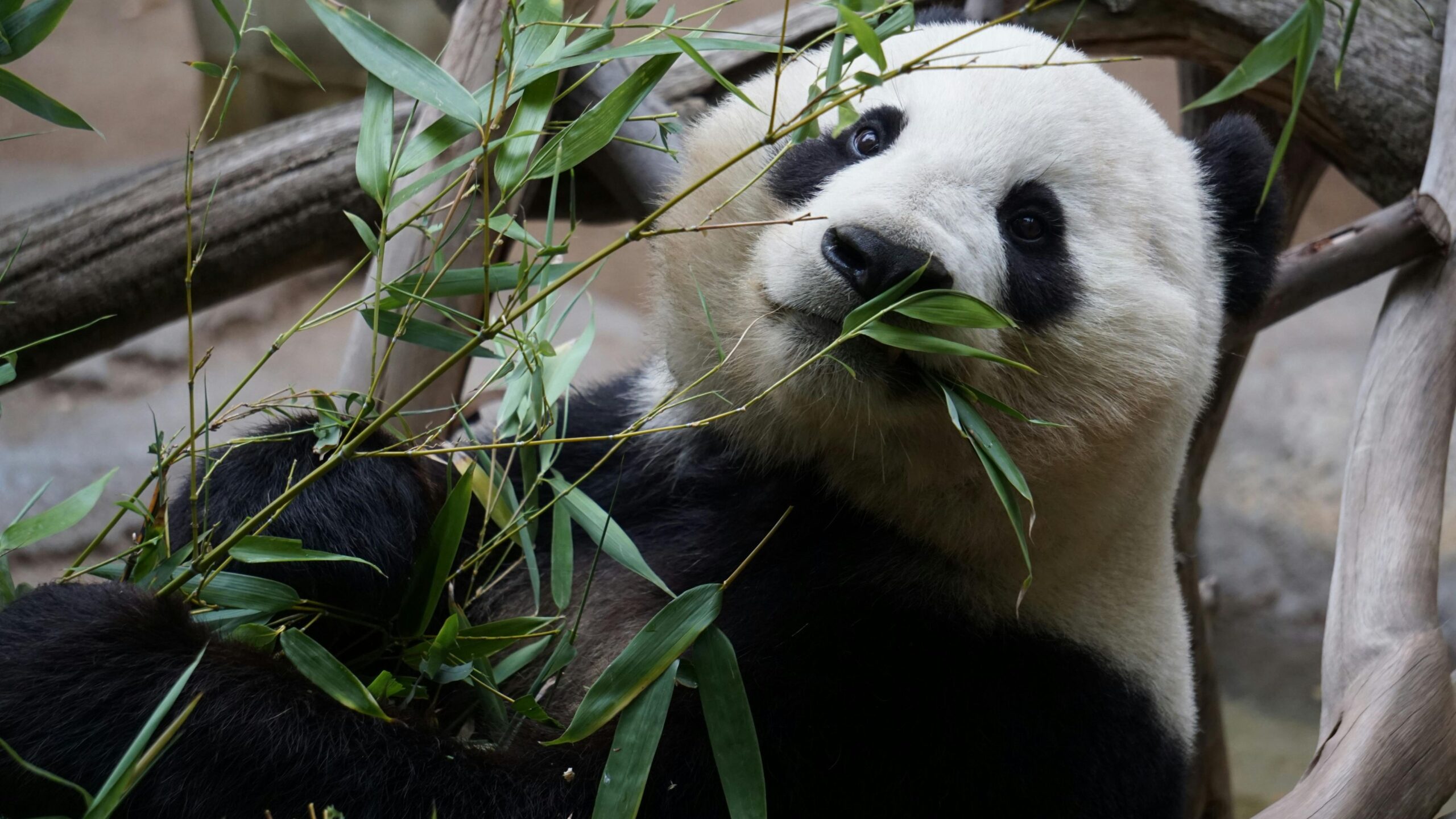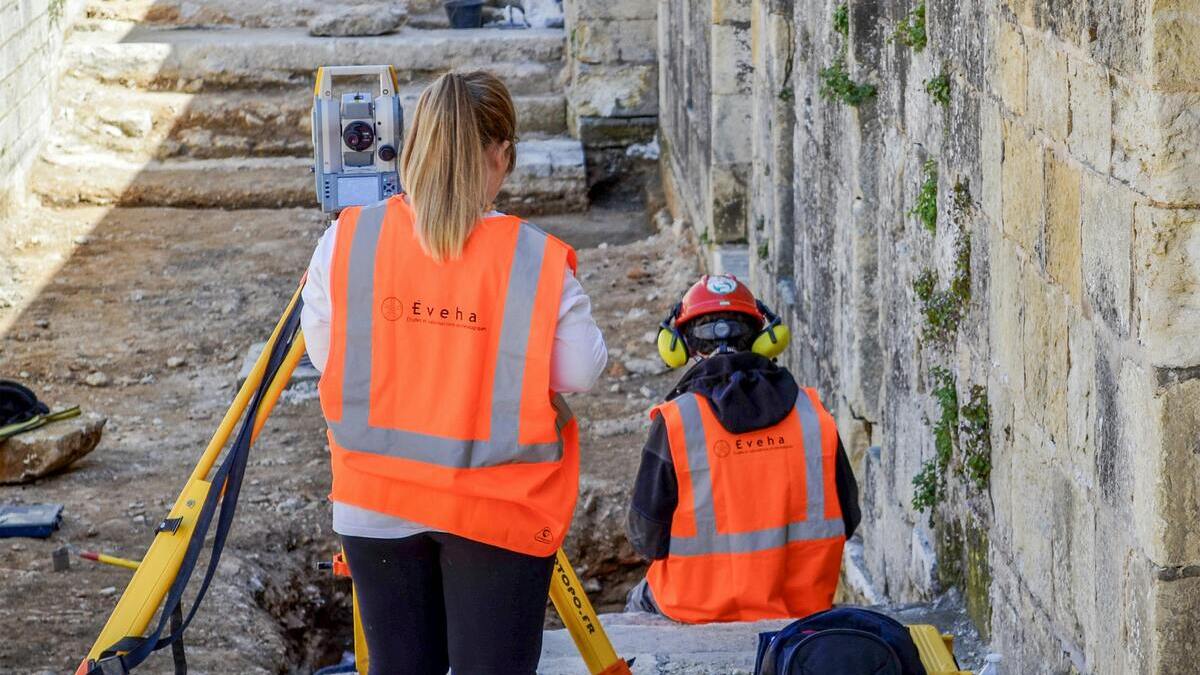Science
The Pandas’ Secret: New Study Reveals Unforeseen Intelligence and Tool Use
11 December 2025

Mammoth bones in Mexico? It’s no mistake. Breakthrough excavations by the National Institute of Anthropology and History triggered a flood of questions. Only DNA analysis by the National Autonomous University of Mexico finally cracked the case. Here’s the remarkable story of the giants from the sunny south.
The story of one of the biggest paleontological discoveries in recent years has political roots. In 2017, presidential candidate Andrés Obrador pledged to build Felipe Ángeles International Airport in Santa Lucía, Mexico. After taking office, he moved to deliver on that promise, and construction began in 2019. Almost immediately, workers uncovered the first prehistoric bones — and archaeologists stepped in.
“We were overwhelmed because we found them every day,” recalls Rubén Manzanilla López of Mexico’s National Institute of Anthropology and History, who oversaw the dig, speaking to Science.org. By 2022, the team had uncovered more than 50,000 Pleistocene-era bones across just 3,700 hectares. Among them were at least 500 mammoths, 200 camels, 70 horses, plus remains of ground sloths, saber-toothed wolves, and one human.
Sequencing the mammoths’ DNA was no easy task — tropical Mexican climates preserve genomes far worse than the frozen tundra or taiga. But researchers at the National Autonomous University of Mexico eventually succeeded, publishing results in Science. They confirm the remains belong to Columbian mammoths, a species that once roamed from the northern United States down to modern-day Costa Rica. And there’s more.
Genetics revealed a major twist: the Mexican giants aren’t just a distant population of Columbian mammoths but a distinct evolutionary lineage that split from the rest between 400,000 and 300,000 years ago. The divergence is so deep that some researchers suggest it may be a new species. “Should we really call it a Columbian mammoth? Or give it a new name — the Mexican mammoth?” asks Adrian Lister of London’s Natural History Museum.
Worth reading: Discovery in a Dinosaur Bone Offers New Hope for Cancer Patients
Radiocarbon dating shows the Santa Lucía mammoths lived between 16,000 and 11,000 years ago — a period when their northern relatives were already vanishing due to climate change and intense hunting. Yet the genetic data hint at something unusual: despite relatively small numbers, the Mexican mammoths were not as vulnerable to extinction.
Diet may have been the key. Unlike their northern cousins, who grazed mainly on grasses, the Mexican mammoths also browsed shrubs and trees. That dietary flexibility likely helped them cope with shifting plant life during climate swings.
Today, 6 years after the initial find, the mammoth bones in Mexico rest in storage beneath the Quinametzin Paleontology Museum (“giant” in Nahuatl). There were so many remains that they filled an entire new institution, now open to visitors. The star exhibit is the towering skeleton of a female nicknamed Nochipa (“eternal”), looking down on museumgoers.
From runway construction to a genetic revelation, the discovery of mammoth bones in Mexico has redrawn part of the Pleistocene map — pointing to a distinct lineage that adapted and endured. The story is still unfolding, bone by bone.
Read article in Polish: Zagadka z Meksyku. Archeolodzy wykopali kości mamutów

Truth & Goodness
10 December 2025


Zmień tryb na ciemny